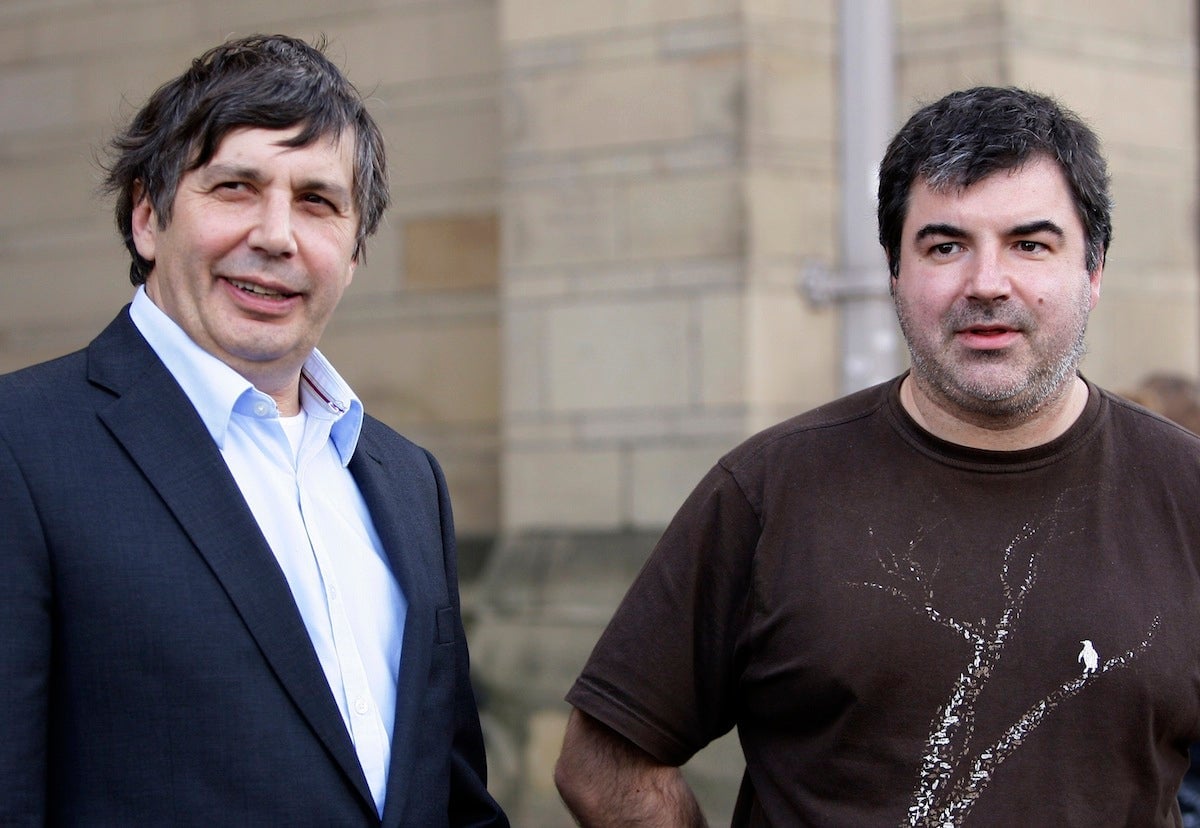Europe’s plan to leapfrog Silicon Valley: Pour billions into the super-material known as graphene
For something that remains surrounded by words like “might,” “could” and “potentially,” graphene is getting a lot of money chucked at it. This morning, the University of Cambridge started research at its new Cambridge Graphene Centre, set up with grants of about £25 million ($40 million) from the British government and private companies that range from cellphone makers to defense contractors. Earlier this week the European Commission, not a body given to histrionics, announced a billion euros of funding for graphene research over the next decade, calling it “the wonder material of the 21st century.”

For something that remains surrounded by words like “might,” “could” and “potentially,” graphene is getting a lot of money chucked at it. This morning, the University of Cambridge started research at its new Cambridge Graphene Centre, set up with grants of about £25 million ($40 million) from the British government and private companies that range from cellphone makers to defense contractors. Earlier this week the European Commission, not a body given to histrionics, announced a billion euros of funding for graphene research over the next decade, calling it “the wonder material of the 21st century.”
Unlike its carbon cousin graphite, which is dull as pencil lead, or diamonds, which are pretty but of limited uses, graphene has become the sexiest thing in materials science since it was first isolated in 2004. A sheet of carbon atoms arranged in a honeycomb pattern a single atom thick, graphene is stronger than steel, lighter than aluminum, more flexible than rubber and a better conductor than copper. It is also an excellent semiconductor; electrons can travel through it faster and with fewer collisions than they do in silicon. Excitable EU officials talk of a European “Graphene Valley” to compete with the better-known Bay Area basin.
Potential—there’s that word again—applications include use in computer chips, light sensors, wearable electronics, batteries, healthcare, LEDs, ceramics, airplanes, sportsgear and everything else besides. It has turned out to be useful for fundamental research too. A 2007 paper by its creators, Andre Geim and Konstantin Novoselov of Manchester University, pointed to graphene’s “unusual electronic spectrum“ (pdf) as a good model for studying previously unobservable phenomena.
Its progress from non-existent—graphene was first made less than a decade ago—to the superstar of the science world has been suitably speedy. It won Geim and Novoselov the Nobel Prize in physics in 2010, already has hundreds of millions being spent on its research around the world and is associated with more than 7,000 patents. China leads the field with 2,204. IBM alone has 134. (Britain, the country where it was first made and whose austerity-obsessed chancellor has generously allocated more than £60 million to graphene research, has a piffling 54.) So is there anything graphene can’t do?
Well, yes. At the moment, it can’t do very much at all. Despite all the hype of the past few years, researchers find it hard to use graphene in a controlled manner. The Cambridge lab has been set up with the express purpose of bridging the gap between laboratory and industry. Starting today, the new center will focus “both on how to manufacture high-quality graphene on an industrial scale, and on developing some of its potential applications.” For anybody with an interest in technology, the results can’t come soon enough.